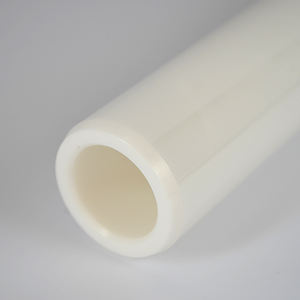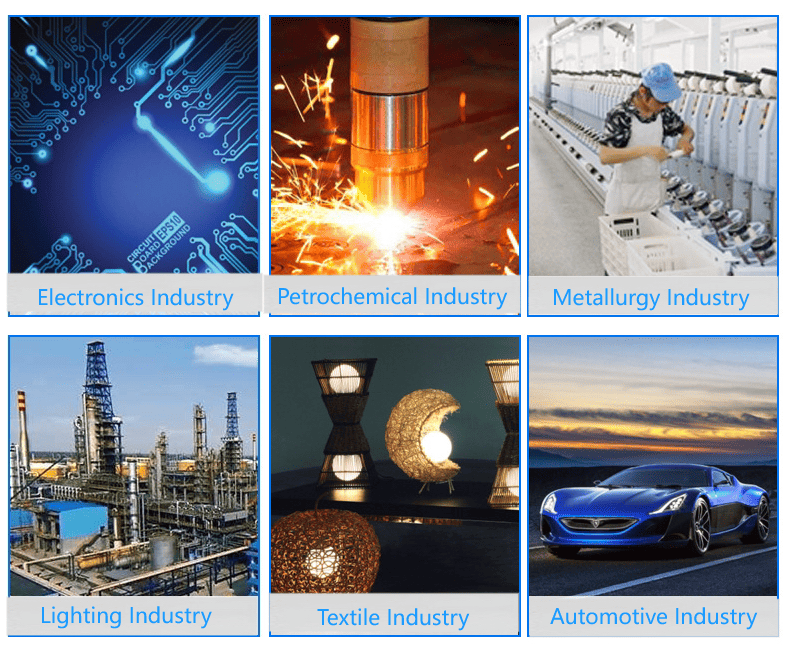Discover Premium Ceramic Products | Durability & Elegance United | Advanced Ceramics
PRODUCT PARAMETERS
Description
Overview of Hot-Pressed Hexagonal Boron Nitride Ceramics Industry Ceramic
Boron Nitride (BN) ceramic is a unique material renowned for its exceptional properties, making it highly valuable in various industrial applications. It exists in multiple forms, primarily hexagonal boron nitride (h-BN), cubic boron nitride (c-BN), and wurtzite boron nitride (w-BN). Hexagonal BN, the most common form, is often compared to graphite due to its lubricious and thermally conductive yet electrically insulating nature. Boron Nitride ceramics are synthesized under high temperatures and pressures, offering a rare combination of properties not found in many other materials.
Features of Hot-Pressed Hexagonal Boron Nitride Ceramics Industry Ceramic
Thermal Conductivity: Excellent thermal conductivity, especially in the hexagonal form, allowing efficient heat dissipation.
Electrical Insulation: Outstanding electrical insulation properties make it ideal for electrical applications requiring thermal management.
Chemical Stability: Highly resistant to chemical attacks, including strong acids and bases, ensuring durability in harsh environments.
Thermal Shock Resistance: Superior resistance to thermal shock, enabling it to withstand rapid temperature changes without cracking.
Mechanical Strength: Good mechanical strength at both room and elevated temperatures, although this can vary with the form of BN.
Lubricity: Self-lubricating property due to its layered structure, which reduces friction and wear in moving parts.
Non-Toxic: Safe to use in various settings, including medical and food processing industries, due to its non-toxic nature.
High-Temperature Performance: Maintains stability at extremely high temperatures, exceeding 1000°C in inert atmospheres, making it suitable for refractory applications.
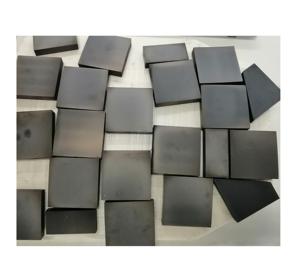
(Hot-Pressed Hexagonal Boron Nitride Ceramics Industry Ceramic)
Specification of Hot-Pressed Hexagonal Boron Nitride Ceramics Industry Ceramic
Hot-pressed hexagonal boron nitride porcelains use unique properties for demanding industrial uses. This product is made by pushing boron nitride powder under high heat and pressure. The process produces a thick ceramic component. Hexagonal boron nitride is frequently called white graphite. It shares some resemblances with graphite in structure. Its performance is very various.
These ceramics handle very heats well. They continue to be steady in air approximately 900 ° C. In inert ambiences or vacuum, they withstand over 2000 ° C. This makes them perfect for high-temperature heating system components. Assume crucibles, setters, and thermocouple tubes. Thermal shock resistance is superior. Components can heat up or cool off quickly without breaking. This is vital for many commercial procedures.
Thermal conductivity is high. Warm actions via this ceramic efficiently. It’s an excellent thermal conductor. Electrical insulation is another key attribute. Hexagonal boron nitride does not conduct electrical power. This mix is unusual. Few materials supply both high heat transfer and strong electrical insulation. It functions well as an electrical insulator in hot atmospheres.
Chemical stability is outstanding. The ceramic withstands attack from a lot of molten steels. It withstands numerous liquified salts and glasses. Boron nitride doesn’t wet conveniently. This protects against sticking. It’s non-reactive with many rough chemicals. Lubricity is intrinsic. Components made from it glide efficiently against metals. This decreases rubbing and wear. Machinability is great. You can machine it to accurate shapes using basic carbide tools. No diamond devices are needed. This conserves time and cost. The product is soft contrasted to various other technical ceramics. Density is reduced. This makes parts lighter weight.
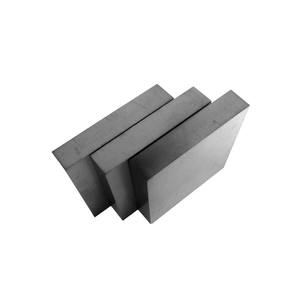
(Hot-Pressed Hexagonal Boron Nitride Ceramics Industry Ceramic)
Applications of Hot-Pressed Hexagonal Boron Nitride Ceramics Industry Ceramic
Hot-pressed hexagonal boron nitride porcelains are unique products. They are very helpful in several laborious. They manage extreme warmth quite possibly. They additionally stand up to chemical attacks strongly. They are superb electrical insulators. They really feel slippery like graphite. These residential properties resolve big troubles.
Steel casting manufacturing facilities need them. They work as release agents. Molten steel does not stay with them. This prevents damage to molds and spreadings. They line crucibles and launder systems. This keeps aluminum and other steels pure. They last longer than various other materials here.
Semiconductor producing depends on them. They make crucibles for expanding crystals. Gallium arsenide and comparable products need these. The porcelains don’t react with the melt. They maintain the crystals pure. They are additionally made use of as diffusion resource boats. They manage high temperatures without contaminating wafers.
High-temperature processes utilize them a great deal. They create parts for heating systems. Thermocouple sheaths made from h-BN last. They secure sensing units in severe conditions. They work as setters and plates for sintering. Other ceramics bake on them without sticking. They endure duplicated thermal biking.
The electronics sector benefits significantly. They offer electric insulation. This is crucial in high-power devices. They handle heat effectively. Transistors and laser diodes stay cooler. This boosts tool performance and life. They are made use of in substratums and heat spreaders.
Aerospace and defense applications exist. They are located in plasma arc insulators. Rocket nozzles often use them. Their thermal shock resistance is essential. They make it through abrupt temperature level adjustments. Radar systems use them as windows. Microwaves pass through easily.
Chemical dealing with devices uses h-BN. They line pipelines and shutoffs. Harsh chemicals flow without harming them. They resist attack from lots of acids and liquified salts. This decreases downtime and maintenance expenses. They are reliable seals and gaskets in aggressive settings.
Company Introduction
Advanced Ceramics founded on October 17, 2014, is a high-tech enterprise committed to the research and development, production, processing, sales and technical services of ceramic relative materials and products.. Since its establishment in 2014, the company has been committed to providing customers with the best products and services, and has become a leader in the industry through continuous technological innovation and strict quality management.
Our products includes but not limited to Silicon carbide ceramic products, Boron Carbide Ceramic Products, Boron Nitride Ceramic Products, Silicon Carbide Ceramic Products, Silicon Nitride Ceramic Products, Zirconium Dioxide Ceramic Products, Quartz Products, etc. Please feel free to contact us.
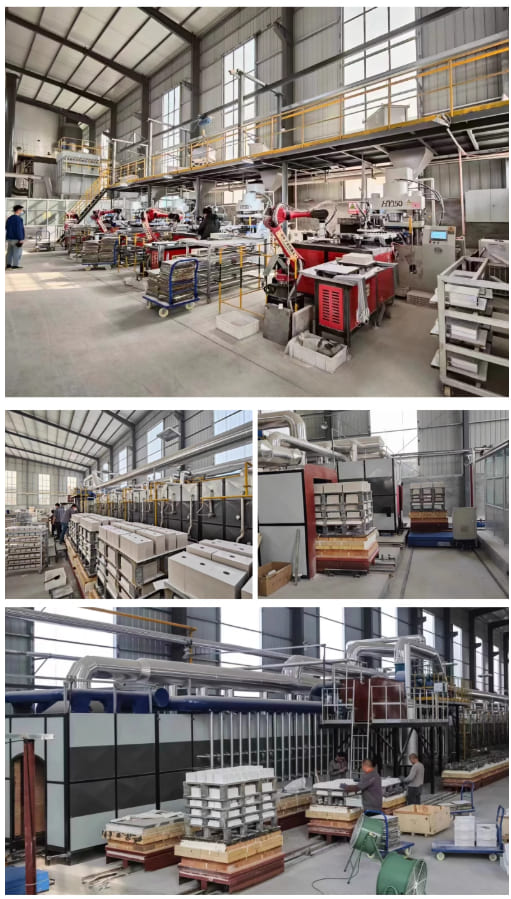
Payment Methods
T/T, Western Union, Paypal, Credit Card etc.
Shipment Methods
By air, by sea, by express, as customers request.
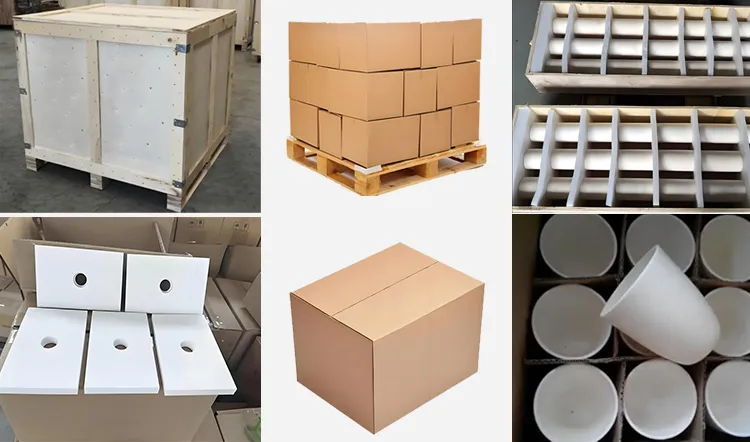
5 FAQs of Hot-Pressed Hexagonal Boron Nitride Ceramics Industry Ceramic
Hot-pressed hexagonal boron nitride ceramic is a special material. People often call it white graphite. It looks like graphite but behaves very differently. It handles extreme heat extremely well. It also works as a solid lubricant. People use it where other ceramics fail.
What makes hot-pressed h-BN ceramic special?
Its structure is key. It has flat layers of boron and nitrogen atoms. These layers slide easily over each other. This gives it lubricating properties. It also makes heat move differently depending on direction. This ceramic stays stable in air up to about 1000°C. It doesn’t react with most molten metals or slags. Electrical insulation is another big plus.
What are the main benefits?
Heat resistance is number one. It doesn’t melt until over 2700°C. Thermal shock resistance is excellent. It heats up and cools down fast without cracking. Chemical inertness is crucial. It resists attack from acids, bases, and molten materials. Its self-lubricating nature reduces friction. It provides good electrical insulation even at high temperatures. Machinability is easier than many other ceramics.
Where is it commonly used?
It sees heavy use in high-temperature industries. Crucibles for melting reactive metals like aluminum are common. It’s ideal for molten metal handling parts. Thermocouple protection tubes in harsh environments rely on it. Insulators in high-temperature furnaces benefit from its properties. It serves as release agents and lubricants in metal forming. Semiconductor processing equipment uses it for parts needing cleanliness and heat resistance.
Are there any downsides?
Yes, cost is a factor. The raw material and processing are expensive. It can be brittle like other ceramics. Impact resistance is limited. Its strength at very high temperatures decreases. Machining needs care to avoid chipping. It’s not suitable for very high mechanical load applications long-term. Finding it can be harder than common ceramics.
How is it different from regular ceramics like alumina?
The differences are significant. Alumina is much harder and stronger mechanically. Alumina handles wear better. But h-BN beats alumina in thermal shock resistance easily. H-BN lubricates itself; alumina does not. H-BN resists wetting by molten metals far better. Alumina costs less usually. H-BN machines more easily than dense alumina. They serve different purposes based on these properties.
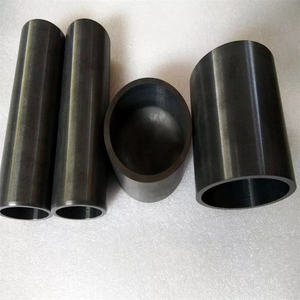
(Hot-Pressed Hexagonal Boron Nitride Ceramics Industry Ceramic)
REQUEST A QUOTE
RELATED PRODUCTS
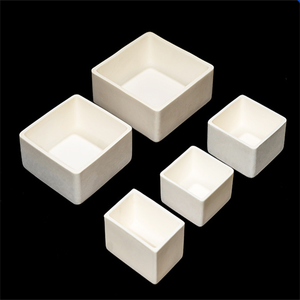
High Thermal Conductive Bn Boron Nitride Ceramics Heat Sink and Plate
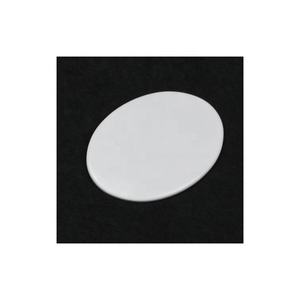
Industrial Bn Machined Boron Nitride Ceramic Parts

Customized Hot Pressed Boron Nitride Hpbn Ceramic Round with Low Density

Hot Pressing Boron Nitride Ceramic Stripe
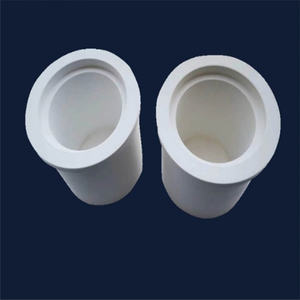
High precision BN Boron nitride ceramic bar rod
